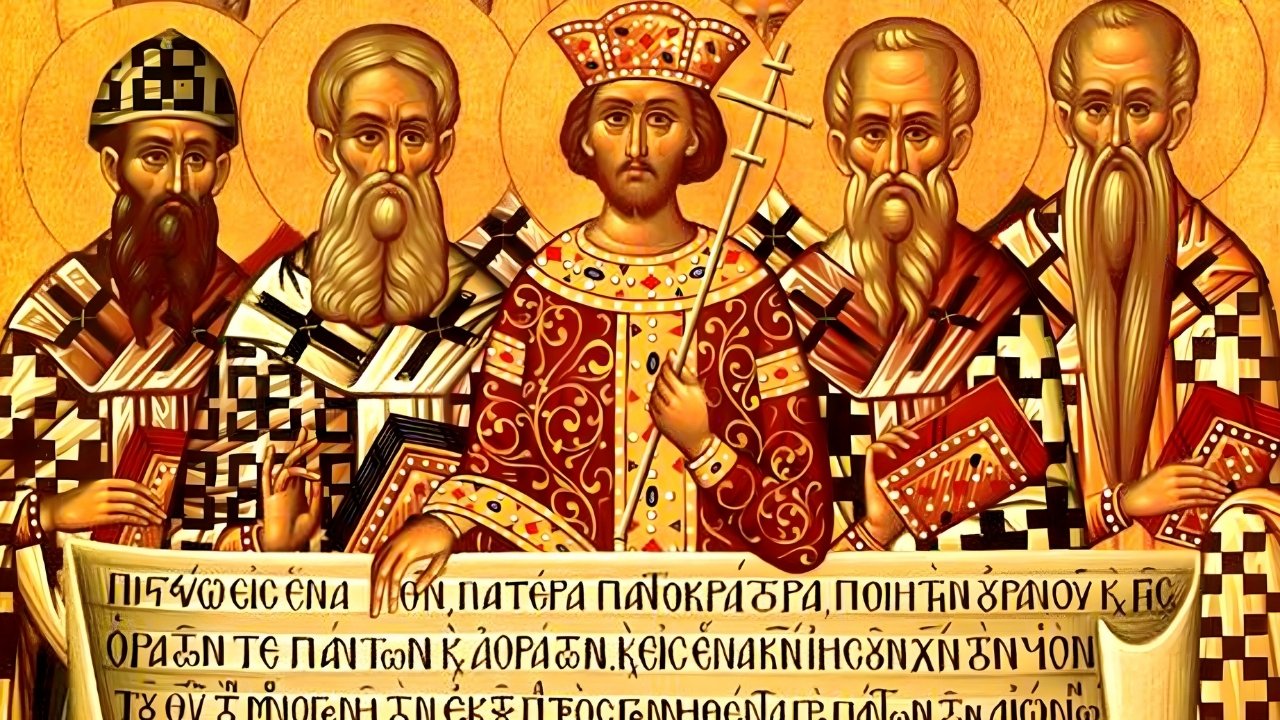
Heterodoxy is a term that often sparks curiosity. But what exactly does it mean? Heterodoxy refers to beliefs, opinions, or doctrines that deviate from established or orthodox standards, especially in religion or philosophy. Unlike orthodoxy, which adheres strictly to accepted norms, heterodoxy embraces diverse perspectives and challenges conventional wisdom. This concept has played a significant role in shaping various fields, from theology to science. For instance, Galileo's heliocentric theory was once considered heterodox. Today, heterodoxy continues to influence modern thought, encouraging innovation and critical thinking. Ready to dive into 30 intriguing facts about heterodoxy? Let's get started!
What is Heterodoxy?
Heterodoxy refers to beliefs, opinions, or doctrines that deviate from established or orthodox standards. It often challenges mainstream ideas and encourages alternative perspectives. Here are some intriguing facts about heterodoxy.
-
The term "heterodoxy" originates from the Greek words "heteros" (other) and "doxa" (opinion).
-
Heterodoxy is not limited to religion; it can apply to any field, including science, politics, and philosophy.
-
In ancient Greece, philosophers like Socrates were considered heterodox for questioning traditional beliefs.
-
The Catholic Church historically labeled many thinkers as heretics for their heterodox views.
-
Galileo Galilei faced the Inquisition for his heterodox belief that the Earth orbits the Sun.
Heterodoxy in Religion
Religious heterodoxy often sparks significant controversy and can lead to major shifts in belief systems. Here are some notable examples.
-
Martin Luther's 95 Theses were considered heterodox, leading to the Protestant Reformation.
-
The Gnostic Gospels, discovered in the 20th century, present heterodox views of early Christianity.
-
In Islam, Sufism is sometimes seen as heterodox due to its mystical practices.
-
The Bahá'í Faith emerged from heterodox interpretations of Islam in the 19th century.
-
Hinduism's diverse sects often hold heterodox views that differ from mainstream practices.
Heterodoxy in Science
Scientific progress often relies on challenging established norms. Here are some heterodox ideas that changed the world.
-
Charles Darwin's theory of evolution was initially considered heterodox.
-
Albert Einstein's theory of relativity revolutionized physics and was once a heterodox idea.
-
The concept of plate tectonics was a heterodox theory until the 1960s.
-
Quantum mechanics, with its strange principles, was initially met with skepticism.
-
The Big Bang theory faced resistance before gaining acceptance in the scientific community.
Heterodoxy in Politics
Political heterodoxy can lead to significant social and governmental changes. Here are some key examples.
-
The American Revolution was fueled by heterodox ideas about governance and liberty.
-
Karl Marx's communist theories were considered heterodox in the 19th century.
-
Feminism, advocating for women's rights, was once a heterodox movement.
-
The civil rights movement in the United States challenged orthodox views on race and equality.
-
Environmentalism, now mainstream, began as a heterodox concern in the 20th century.
Heterodoxy in Philosophy
Philosophers often explore heterodox ideas to push the boundaries of human thought. Here are some influential heterodox philosophers.
-
Friedrich Nietzsche's declaration that "God is dead" was a heterodox challenge to religious and moral norms.
-
Jean-Paul Sartre's existentialism questioned traditional views on human existence and freedom.
-
Michel Foucault's ideas on power and knowledge were considered heterodox in the field of social theory.
-
Ludwig Wittgenstein's later work challenged the foundations of language and meaning.
-
Simone de Beauvoir's feminist philosophy was heterodox in its critique of gender roles.
Heterodoxy in Culture
Cultural heterodoxy can lead to new artistic movements and social trends. Here are some notable examples.
-
The Impressionist movement in art was initially considered heterodox for its departure from traditional techniques.
-
Jazz music, with its improvisational style, was a heterodox departure from classical music norms.
-
The Beat Generation, including writers like Jack Kerouac, embraced heterodox lifestyles and literary styles.
-
Punk rock, with its rebellious ethos, was a heterodox challenge to mainstream music and culture.
-
Contemporary art often embraces heterodox approaches, challenging viewers' perceptions and expectations.
Final Thoughts on Heterodoxy
Heterodoxy challenges conventional beliefs, encouraging fresh perspectives and critical thinking. It’s not just about opposing mainstream ideas but fostering a culture of questioning and innovation. This approach has influenced various fields, from science to philosophy, pushing boundaries and sparking progress.
Understanding heterodoxy helps appreciate the diversity of thought that drives human advancement. It reminds us that questioning the status quo can lead to breakthroughs and new understandings. Embracing heterodox ideas doesn’t mean rejecting tradition; it means being open to new possibilities and solutions.
In a world where conformity often reigns, heterodoxy stands as a beacon of intellectual freedom. It’s a reminder that progress often comes from those willing to think differently. So, next time you encounter an unconventional idea, consider its potential. It might just be the spark needed for the next big leap forward.
Was this page helpful?
Our commitment to delivering trustworthy and engaging content is at the heart of what we do. Each fact on our site is contributed by real users like you, bringing a wealth of diverse insights and information. To ensure the highest standards of accuracy and reliability, our dedicated editors meticulously review each submission. This process guarantees that the facts we share are not only fascinating but also credible. Trust in our commitment to quality and authenticity as you explore and learn with us.
